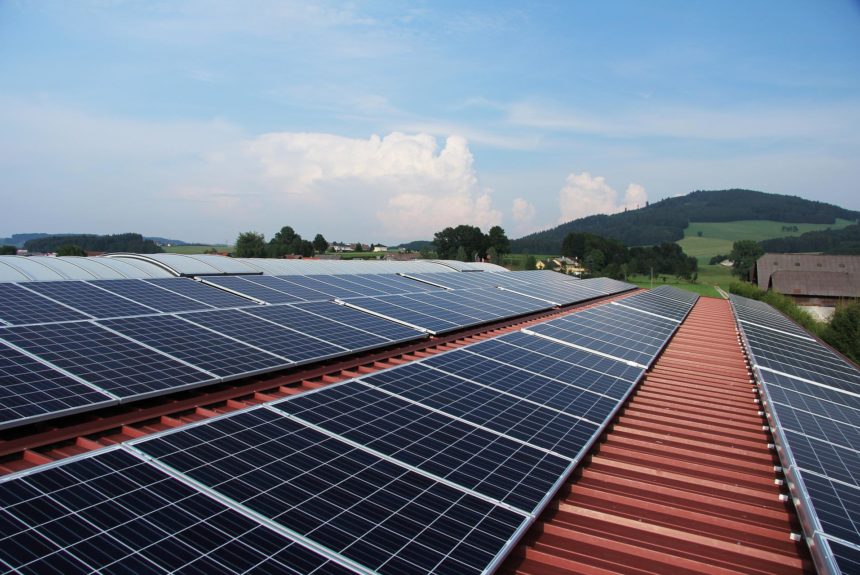The development of renewable energy sources has been increasing wonderfully, but the deployment of such resources is yet to be readily available in all of the United States, including impoverished communities and America’s tribal lands. GRID Alternatives is leading the charge to change that, pursuing a unique, people-first nonprofit model to bring solar to all.
>>>READ: Why Solar Use Is Expanding In States Not Known For Sun
Founded in 2001 during an energy crisis in California, the organization has always been defined by its goal of making solar power accessible to those who could not normally afford it. The nonprofit’s first single-family solar installation was completed in 2004, with the California Public Utilities Commission selecting the organization as the project manager for the state’s Single-family Affordable Solar Homes (SASH) incentive program in 2008. Today, GRID is the nation’s largest nonprofit solar installer.
The organization currently serves families on tribal lands and in California, Colorado, and the mid-Atlantic region. This is through their Energy For All Program, which offers “single-family, multifamily, and community solar installation services, project development, and technical assistance.” The program has also created multiple levels of workforce development and service-learning opportunities, from volunteer options to in-depth solar career training and paid internships.
One unique focus is their work on tribal lands. GRID Alternatives’ National Tribal Program started in 2010 and now has nine regional offices across the country. This program is community-centered and works with tribal leadership to identify, develop, finance, and implement solar power projects for tribal communities. This process includes education, hands-on training, and energy cost reductions for tribal members.
The program focuses particularly on energy sovereignty. GRID explains:
“Tribes have a long history of energy exploitation, particularly with extractive industries. Locally sited and controlled renewable energy offers Tribes the opportunity take control of their energy resources, keep local dollars in the community, and reap the long-term environmental and economic benefits of their investment. GRID combines training with project development and strategic support to help tribal governments achieve their vision.”
Tribal projects spearheaded by GRID Alternatives range from rooftop solar to large-scale projects. These projects typically reduce the electricity bills for tribal communities by 75 to 90 percent while providing clean, efficient energy. Project funding has come from both government grants and private philanthropy.
>>>READ: A Recent Koch Industries Acquisition Is Great for Solar Growth
Gaps in products and services are a natural part of the process in any developing system. Free marketeers have long understood that philanthropy often steps in to fill the space between a developing market and government programs. Until solar is widely available and affordable in communities across the nation, GRID Alternatives and similar organizations will be there to help fill those gaps.
Kelvey Vander Hart is a native Iowan, a member of the American Conservation Coalition, and a communications specialist at Reason Foundation.
The views and opinions expressed are those of the author’s and do not necessarily reflect the official policy or position of C3.
